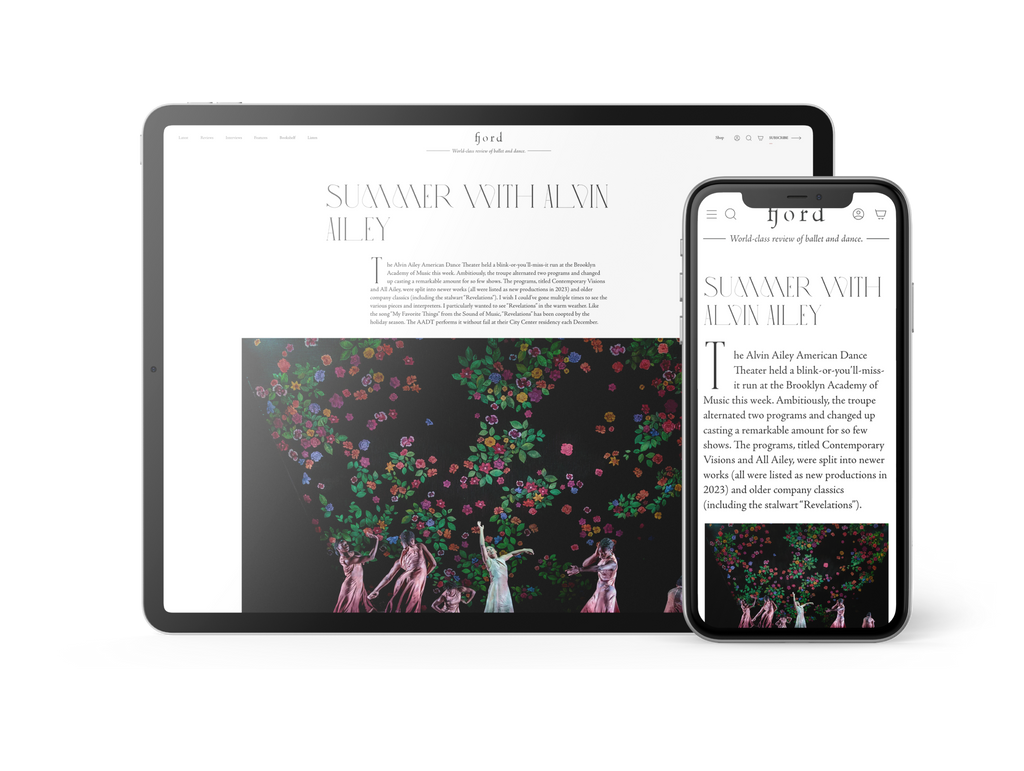Ryan Tomash Steps into a New Role
Back in October, New York City Ballet got a new cowboy. His arrival occurred in the final section of George Balanchine’s “Western Symphony.”
Continue Reading
World-class review of ballet and dance.
Usually based in Melbourne, the Australian Ballet is currently residing at the Sydney Opera House for the first of two Sydney seasons this year. They have premiered two ambitious works: first delivering a month-long season of Stephen Baynes’ “Swan Lake,” followed by “Vitesse,” a triple bill of contemporary works, including William Forsythe’s “In the Middle, Somewhat Elevated.” In the very same week of “Vitesse’s” premiere, the Australian Ballet gave us “Symphony in C,” an evening of divertissements followed by George Balanchine's stunning ballet from 1947, lending its name to the programme. For the third opening night within a month, I’m sure it wasn’t just me who wondered whether this was going to be a somewhat weary company performing what looked to be an ambitious assortment of work.
Performance
Place
Words

Kevin Jackson, Vivienne Wong and Rudy Hawkes in “Little Atlas” by Alice Topp. Photograph by Daniel Boud


“Uncommonly intelligent, substantial coverage.”
Your weekly source for world-class dance reviews, interviews, articles, and more.
Already a paid subscriber? Login
Back in October, New York City Ballet got a new cowboy. His arrival occurred in the final section of George Balanchine’s “Western Symphony.”
Continue ReadingWhen Richard Move enters from stage left, his presence is already monumental. In a long-sleeved gown, a wig swept in a dramatic topknot, and his eyes lined in striking swoops, the artist presents himself in the likeness of Martha Graham—though standing at 6’4, he has more than a foot on the late modern dance pioneer.
Continue ReadingPerhaps not since Mikhail Fokine’s 1905 iconic “The Dying Swan” has there been as haunting a solo dance depiction of avian death as Aakash Odedra Company’s “Songs of the Bulbul” (2024).
Continue ReadingDance, at its best, captures nuance particularly well, allowing us to feel deeply and purely. In its wordlessness, it places a primal reliance on movement and embodied knowledge as communication all its own. It can speak directly from the body to the heart, bypassing the brain’s drive to “make sense of.”
Continue Reading
comments